NEWS BLOG
![]()
![]()
5 Great Power Spots For Animal Lovers To Look Out For!
June 24, 2025
If you’ve been around Japan for any amount of time, you’ve probably heard the term “Power Spot” used at one point or another. According to Japanese folk belief, a “Power Spot” (taken directly from English) is a place where spiritual or perhaps even mystical energies abound, which can energize or even heal visitors to the area. Often, they are found at shrines and temples or any areas where the local gods are said to reside, such as in a sacred grove or mountain. As such, more otherworldly-minded Japanese often visit, not just for themselves, but also for their loved ones – including their pets.
While prayer for oneself is common, it is just as acceptable to pray for the sake of others as in other religions and cultures. As such, sometimes you may see a pilgrim pray for a sick family member, coworker, or even their dog or cat. After all, Japan is traditionally an animistic culture, where humanity lives in accord with the Earth’s natural denizens. So, it’s perfectly acceptable to ask the gods to give your pet a long, happy life.
In this entry, we will be going over our recommended pilgrimage sites to visit if you love animals. We know that many people love their furry friends, so even if you can’t bring them with you to Japan, why not still try to do something on their behalf? If local belief is anything to go by, it’s a positive experience, and at the very least, you’ll be able to visit traditionally Japanese sites in all their historical beauty.
Hie Shrine(Akasaka)
Starting with a more well-known one, Hie Shrine has a history that extends to the very beginning of Tokyo’s foundations. Within the main hall resides Oyamakui no Kami, a god of mountains and health, who protects those involved with creation and development, which can mean business people, children, and expectant mothers. But what sets this shrine apart is its relationship with one of humanity’s closest relatives – the monkey.
Uniquely among the shrines of Japan, statues of the Nihonzaru – the Japanese Macaque – are found within the premises and make for good photos for those who enjoy seeing entertaining things. Why monkeys though? It is thought that they protect from evil and offer good fortune to those who give them worship. Moreover, one of the phonetic readings for the kanji for monkey is “en” which is homophonous with the words for “opportunity” and “relationships”, offering even more good fortune for those interested in either. So, if you visit, be sure to get one of the emas with the design of a monkey on it. If you write a wish for prosperity upon it, it will surely come true!
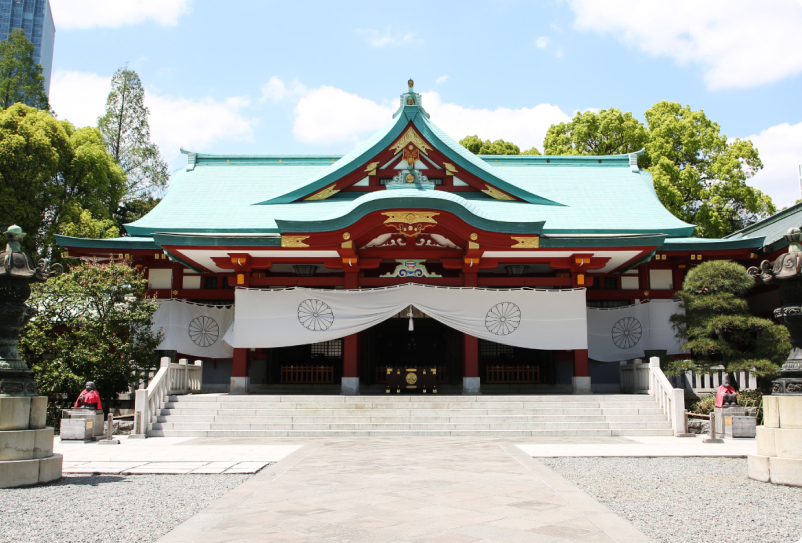
Hebikubo Shrine(Nakanobu)
In the West, snakes are often thought of as being harbingers of danger, but in the East, things are much more different. In Japanese culture, for example, because they shed their skin every few months, snakes can be seen as a symbol of rebirth. Some other legends even describe them as being messengers of the gods, not to mention how closely they resemble the dragons of ancient myth.
This brings us to Hebikubo shrine, famous for the legend surrounding its origin. Reportedly, a white snake once resided in a spring near the modern-day facility. Subsequently, it was covered up, leaving the snake homeless. A farmer is then said to have dreamed of the snake asking for its home back, leading to a pond and the shrine being constructed, where they have remained to the modern day. As such, snake statues representing new beginnings are a common sight at this facility. You are asked only to gently pat their heads as you explore the grounds, as they are said to bring you good luck and success in life.
Gotokuji Temple(Setagaya)
Everyone loves cats. Since the days of Ancient Egypt, where cats were worshipped as deities, cats have been beloved by mankind as companions. You don’t have to take my word for it; in 889, Emperor Uda wrote with much enthusiasm about his own kitten, gifted to him by a member of the Minamoto clan of later fame. It is therefore not surprising that cats have a prominent place in not just Japanese culture, but also religion.
Gotokuji Temple is one of the more prominent places that show this. According to legend, the local lord, Ii (pronounced EE-EE, NOT Lee!) Naotaka was beckoned toward the temple’s gate by a cat after returning from falconry. After entering, he was able to listen to a nice sermon by the resident monk while also conveniently avoiding the rain which started shortly after his entrance. The cat who beckoned Lord Ii inside was said to be the first Maneki-Neko (Lucky Cat) and as such, the temple is host to many different likenesses of felines, each said to give luck and protection to those who visit. You may even find a real lucky cat, taking a quiet rest under the leaves of some tree… Wouldn’t that be cute?
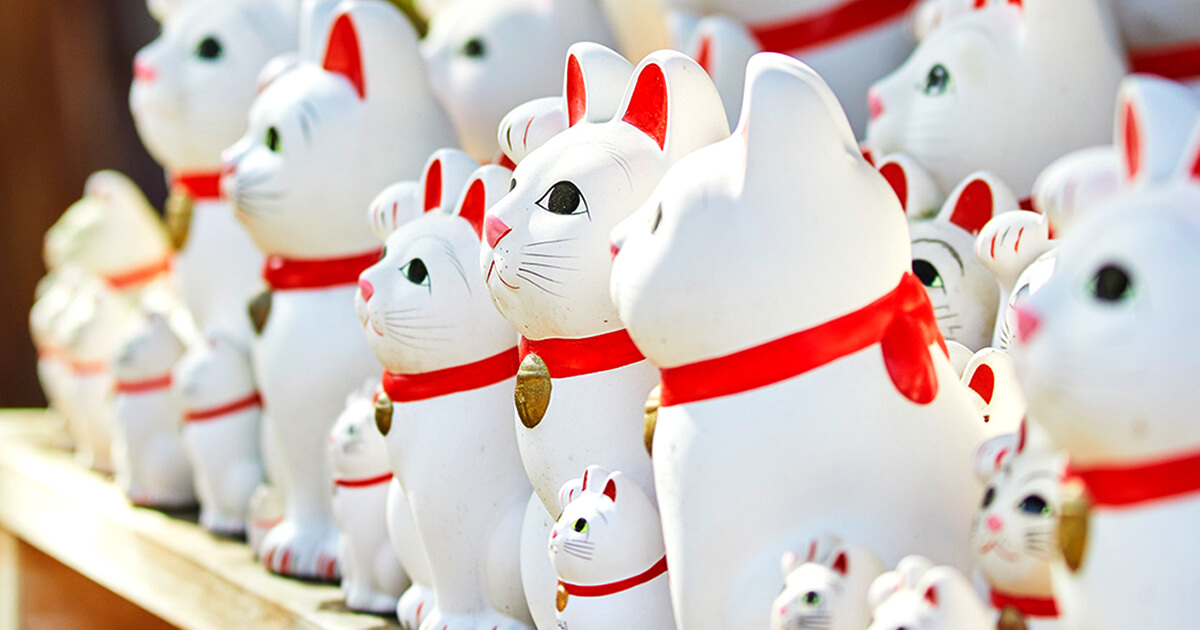
Kumano Shrine(Itabashi)
Bears. They’re big, they’re scary, and they’ll gobble you up like you’re leftover dinner, but despite that, people still love them. This is no different in Japan; the Ainu people, for example, are very famous for their “bear festival”, where they raise a bear cub as one of their own before “sending them off”, as a way to give thanks to the gods. Bears were no less prominent among the Japanese either; Kintaro, a figure from folklore renowned for his strength, was also said to have a bear companion, who he wrestled with as a child to improve his own fighting skills.
In modern Japan though, they’re seen more as icons of cuteness. No shrine exemplifies this more than “Kumakuma” shrine. Enshrining a variety of deities, but most perhaps most prominently the Three-Legged Crow, the shrine features a plethora of different animal statues, in recognition of the many powers that their divine forms can hold. The vulpine Inari statues, for example, are said to help farmers prepare a bountiful harvest. For our readers, I think they’ll like the many different bear statues found on the grounds. There’s surprisingly a lot for a shrine that doesn’t enshrine an ursine deity, so it might be worth it to make it a game of finding them all. After all, if you really loved bears, wouldn’t you do your part to try and befriend them all?
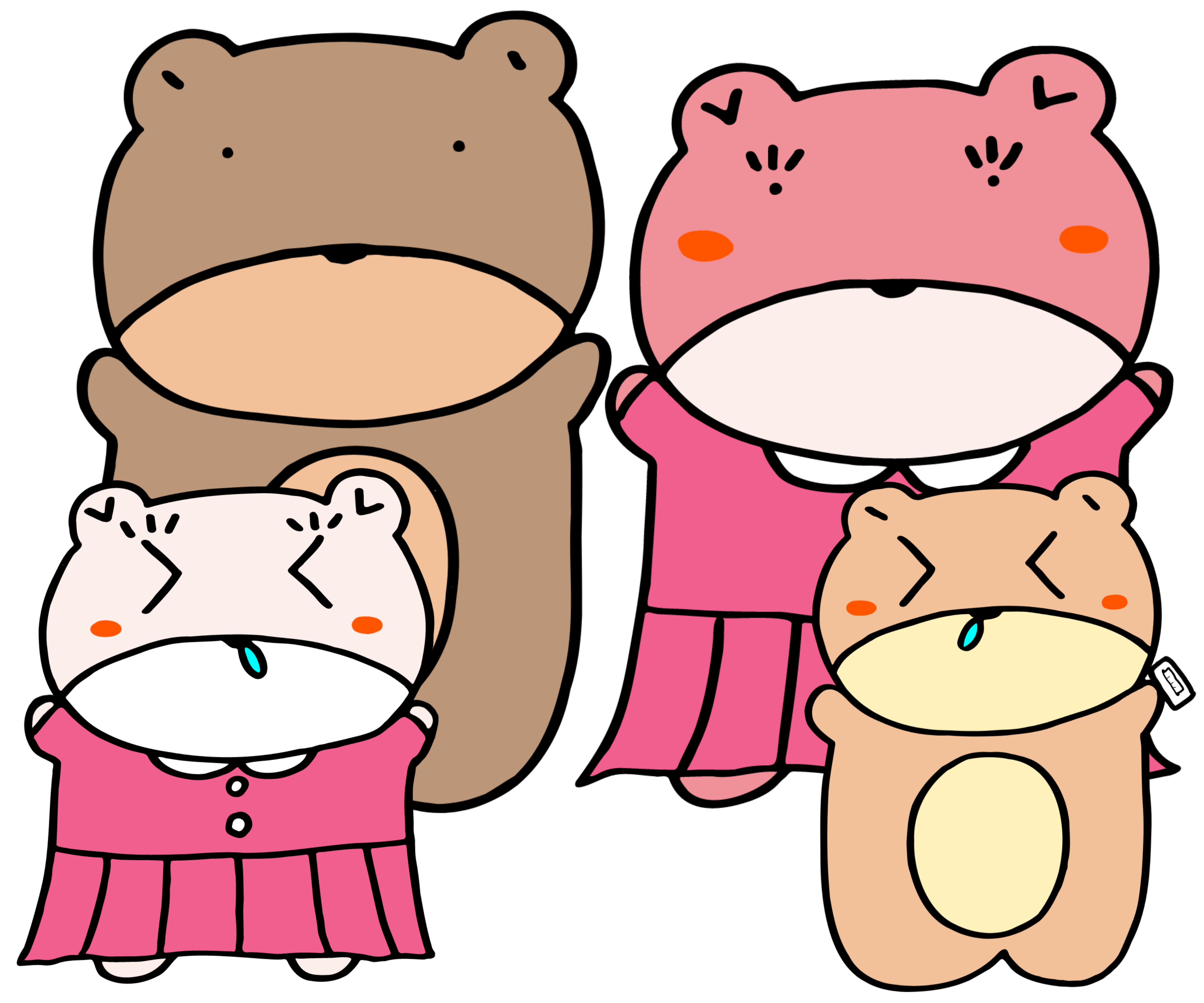
Ichigaya Kamegaoka Hachimangu(Ichigaya)
If you’re reading this far, than you probably have your own pet at home. Is it a dog? A cat? Perhaps it’s a lizard or even a spider? Whatever the case, this shrine is probably right up your alley. Uniquely among the shrines of Japan, this shrine allows pet owners to actually bring their animal onto the premises to offer Hatsumode, the first shrine visit of the year!
Traditionally, doing this is said to ward off bad omens, helping prepare the way for the year ahead. So, many more fervent believers of Japanese customs bring their pets, often dressed in custom-made hakama or other formal clothes, with them as they make this very important pilgrimage that marks the beginning of the year. Of course, that’s not the only reason you can come here – shichigosan, the rite of passage for children, can also be done for your pets. Not staying for a ceremony? How about buying them a charm of protection? No pet? The shrine is still historically and religiously important, with foundations going back to the beginning of the city, which makes it a popular choice for weddings or even just casual visits. Why not take a stroll through while you’re in the area? You may find yourself being enamored with its quaint antiquity.
Conclusion
A power spot is defined in Japan as a place of great spiritual energy. The Japanese being a superstitious people, they’ll often gather in places perceived to provide positive or protective energy, praying not just for their own health or good fortune, but also their loved ones – including their pets. As such, visitors who also love animals might also find it worth visiting such places – after all, what could be more Japanese than a shrine or temple visit? So, for this article, we covered 5 different power spots in Tokyo that tourists can stroll down to, each with their own connection to our four-legged companions. Because why not receive good luck while appreciating the many different fauna of this world? You might feel more fulfilled for it.
If you liked this article,
give it a like!
-

"Beyond Tsukiji!? The Grilled Fish Delight at Shinpachi Shokudo
No need to travel all the way to Tsukiji or...
-

Halloween in Shibuya: What to Know, What to Avoid, and How to Enjoy It
You’ve heard of it. We’ve heard of it. Everyone has...
-
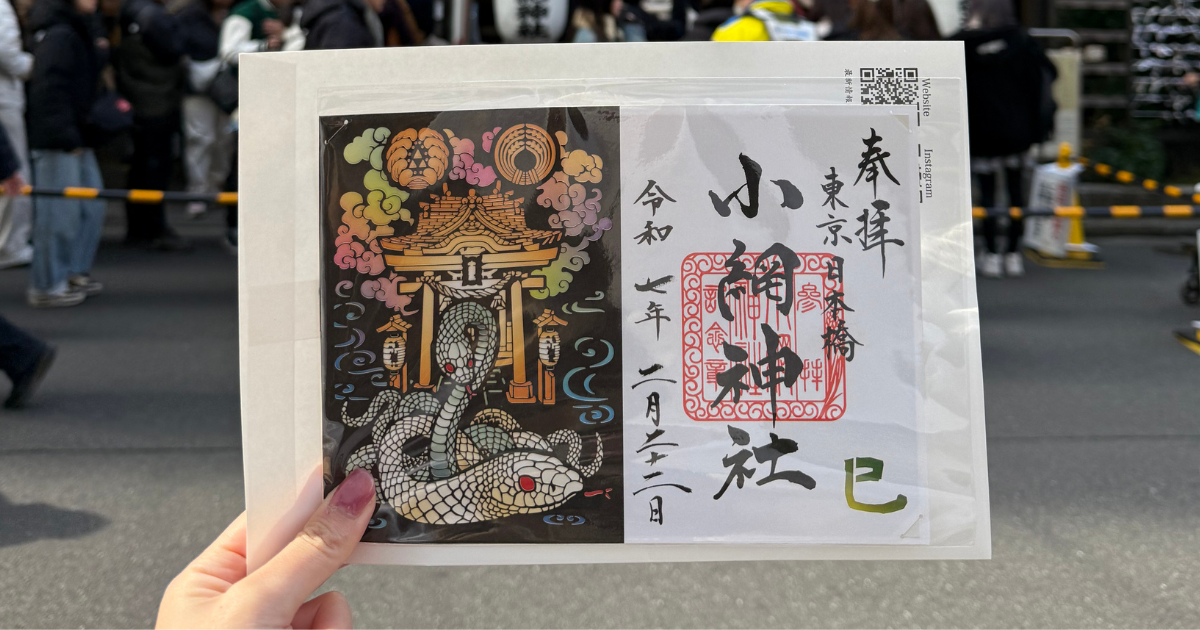
Washing Money
目次 1. Have You Ever Tried Washing Money at a...
-

🌸 How to Book a Tour with TABIBIYORI – An Easy 3-Step Guide!
目次 📲 Contact Us via Your Preferred Messaging App or...
-
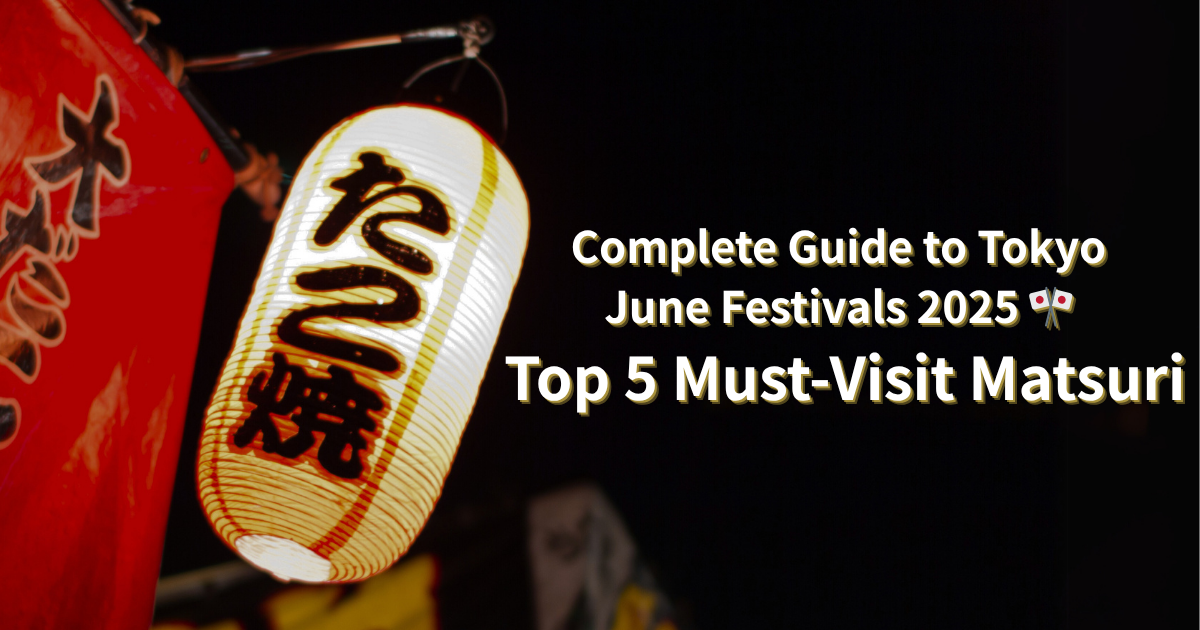
Tokyo Comes Alive in June! Don’t Miss These 5 Matsuri
目次 1. Torigoe Matsuri2. Free Geisha Dances (Ozashiki Odori) in...
-

Washing Money
目次 1. Have You Ever Tried Washing Money at a...
-

Food Culture and Specialties at Tsukiji Market!
Tsukiji, known as Tokyo’s good culture center, is a treasure...
-

Toyosu Market – The New Food Capital of Tokyo
Toyosu Market is Tokyo’s new central wholesale market, relocated from...
-

5 Unique Museums That You Can Find in Tokyo
Tokyo is home to some of the most prestigious museums...
-

5 Things to Watch Out For When Visiting Japan in the Summer
Japan is well-known for its four seasons. Spring is pleasant...

